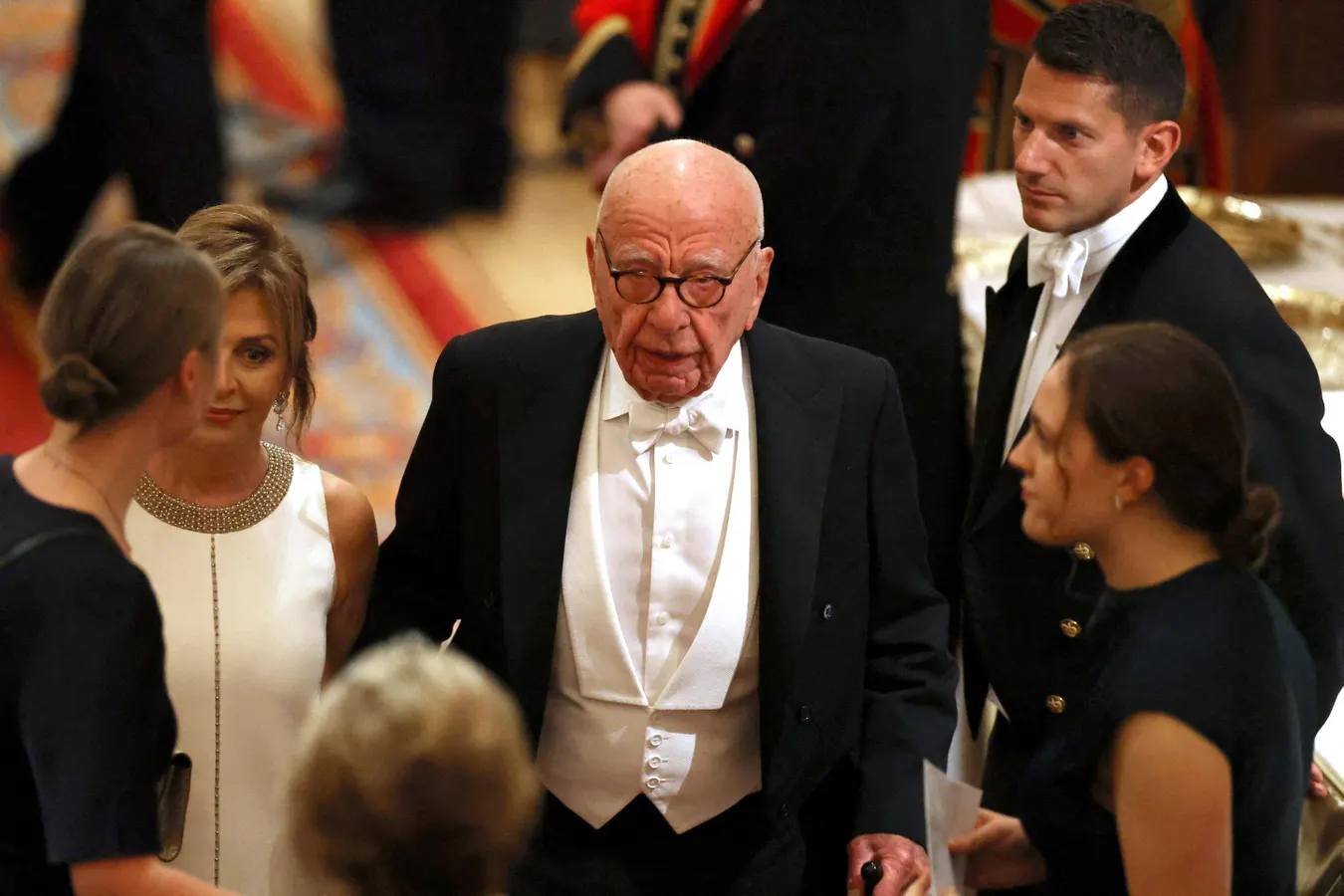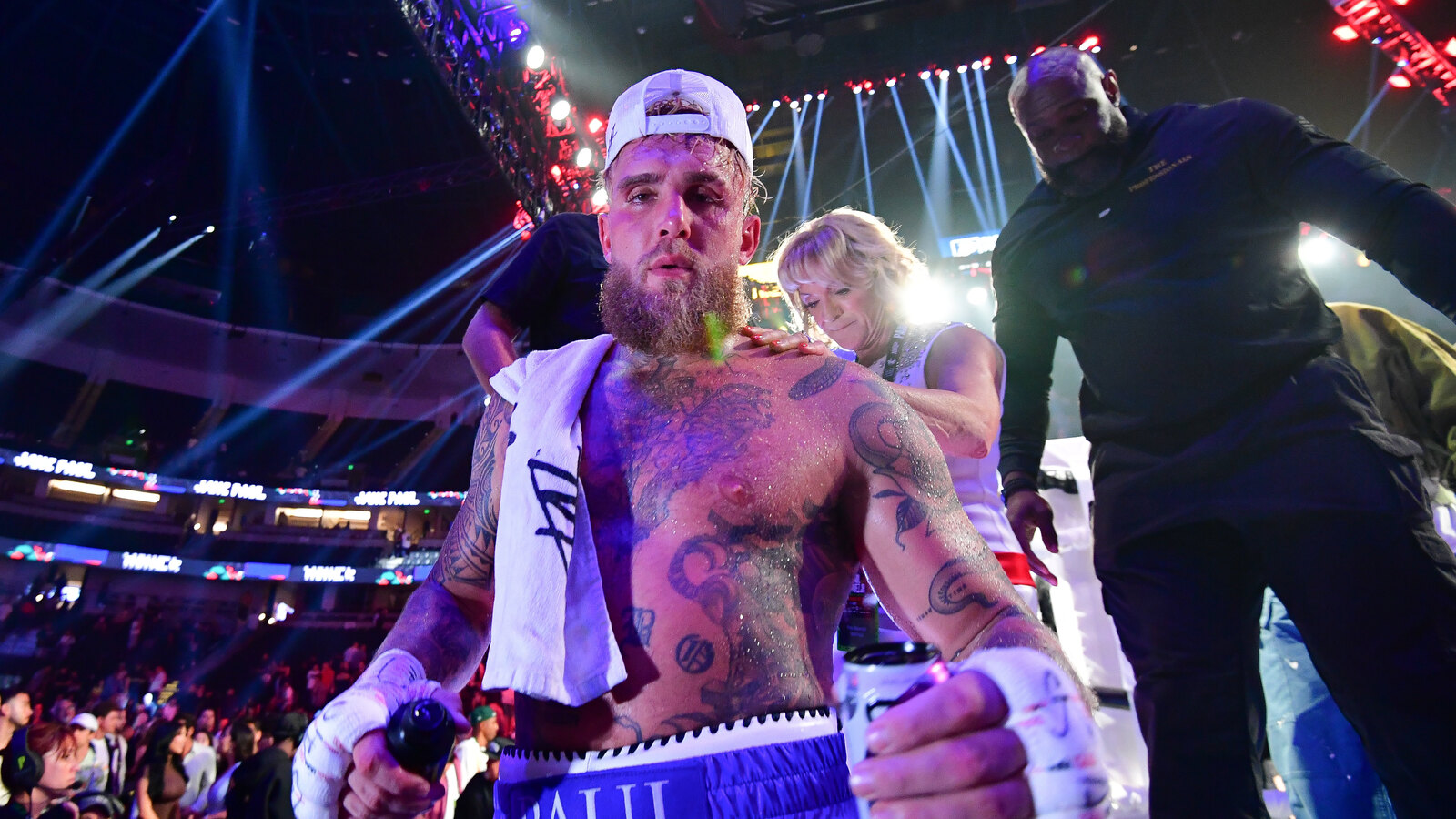By Francois Botha,Senior Contributor
Copyright forbes

A $3.3B settlement, one heir left standing. The high cost of delayed succession.
POOL/AFP via Getty Images
At ninety-four, Rupert Murdoch still had the final word. In September 2025, he signed off on a $3.3 billion settlement that ended decades of speculation over who would control one of the world’s most influential media empires. What began as sibling rivalry over values and vision ended with a buyout that reshaped both family fortunes and media power.
The outcome finally answered the question that had hung over the Murdochs for years: Who would inherit? The answer came at an extraordinary price, offering crucial lessons for family offices navigating their own succession challenges.
In 2020, the Murdoch family’s rift over climate coverage was already an early case study in next-generation misalignment. Five years later, that fracture has escalated into one of the costliest settlements in the history of family businesses.
For decades, the Murdoch family has provided a master class in how family dynamics, business strategy, and personal values collide when billions are at stake. Their saga, part rivalry, part ideology, part patriarch’s grip, offers warnings and wisdom for wealthy families facing their own transitions.
The High Cost of Delayed Succession Planning
The settlement that gave Lachlan Murdoch control of the family trust, at the cost of $3.3 billion paid to siblings James, Elisabeth, and Prudence, was more than a financial transaction. It was the overdue bill for decades of hesitation.
MORE FOR YOU
Succession costs compound like interest. Delay doesn’t save money, it adds zeros. Every year of hesitation is an investment in future conflict. The Murdoch case shows how value differences that might have been addressed through dialogue in earlier years eventually required billions to resolve.
This pattern repeats across many families. The cost of alignment rises exponentially once the next generation reaches middle age with divergent values, established identities, and independent financial positions. By the time Rupert Murdoch finally made his succession choice clear, the only path forward was to pay market rate for peace.
When Values Diverge: The Climate Change Catalyst
The Murdoch story also illustrates how generational differences in values can fundamentally alter business trajectories. For James Murdoch, climate change became the breaking point that publicly fractured family unity.
James and Kathryn Murdoch broke ranks during the Australian bushfires, a moment when the country was ablaze and the family’s media outlets were accused of fanning political flames. This public rejection of the family’s editorial stance was more than a disagreement. It marked a split that could not be walked back.
What this shows is that external pressures don’t stay outside for long. Climate debates, political identity, and the push toward an impact investment strategy all enter the boardroom. For the next generation, these issues are not distractions; they are the foundation of their engagement.
The 2025 settlement effectively allowed both sides to pursue their values independently: James with his focus on climate and progressive causes, Lachlan in maintaining the conservative editorial direction his father championed. The price of alignment was measured not just in billions, but in the right to define purpose on separate terms.
Liquidity as a Tool for Alignment
One of the most overlooked lessons of the Murdoch saga is the role of liquidity. The $3.3 billion settlement was possible because siblings who disagreed could turn an illiquid stake into liquidity. That created a clean break, even if it reduced the family’s long-term share of the empire.
Without liquidity, the rift might have dragged on indefinitely, deepening tensions and paralysing decision-making. The ability to buy out dissenting voices transformed what could have been years of dispute into a single, if costly, resolution.
Liquidity is often mistaken for failure. In practice, it is a release valve. Well-designed buyout clauses, family constitutions, and trust provisions give families a way to resolve disputes before they calcify. For family offices, liquidity is not only about diversification or flexibility. It is a governance tool, a way to preserve both relationships and continuity when values cannot be reconciled.
Trust Structures: The Architecture of Succession
The Murdoch case also demonstrates how trust structures shape outcomes as much as personal choices. The original Murdoch family trust gave equal voting rights to Rupert’s four eldest children. That design created potential deadlock after his death.
By restructuring to buy out three children and leave Lachlan in control, while half-sisters Grace and Chloe remain as beneficiaries, Rupert changed the governance architecture itself. It was a reminder that founders can reshape succession frameworks even late in the game, provided they are willing to pay the premium.
For family offices, the takeaway is simple: trust structures must anticipate future differences, not assume perpetual harmony. Mechanisms for managing disagreement, exit provisions, and governance frameworks are not technical details. They are the infrastructure on which transitions succeed or fail.
The Stewardship Imperative
Despite its $3.3 billion price tag, the Murdoch settlement delivered something decades of speculation could not: clarity. Lachlan now has uncontested authority to set the direction for News Corp and Fox without family interference, though at the cost of significant family wealth reduction.
Succession is never just about transferring assets. It is about transferring stewardship. Ownership without legitimacy is fragile. Authority without clarity is contested. The most successful transitions occur when heirs inherit not only wealth but also the recognition and mandate to use it with purpose.
Done well, stewardship equips the next generation to innovate. Done poorly, it forces founders into late-life interventions that impose clarity at great cost.
Clarity Without the Cost
The Murdoch succession will be remembered as one of the most expensive answers to a family business question in modern history. For other families, the challenge is different: how to ensure that clarity comes not through billion-dollar buyouts, but through governance frameworks that allow generations to lead with purpose.
Family offices can avoid this fate by acting earlier, structuring better, and aligning more intentionally. Clarity always comes. The choice is whether it arrives as a carefully built legacy, or as a costly settlement that erodes both wealth and trust.
Editorial StandardsReprints & Permissions



